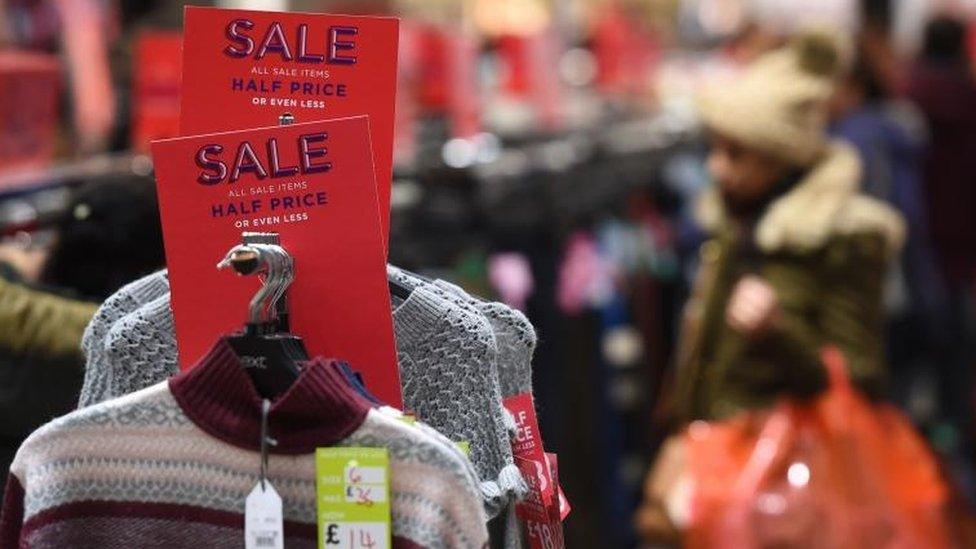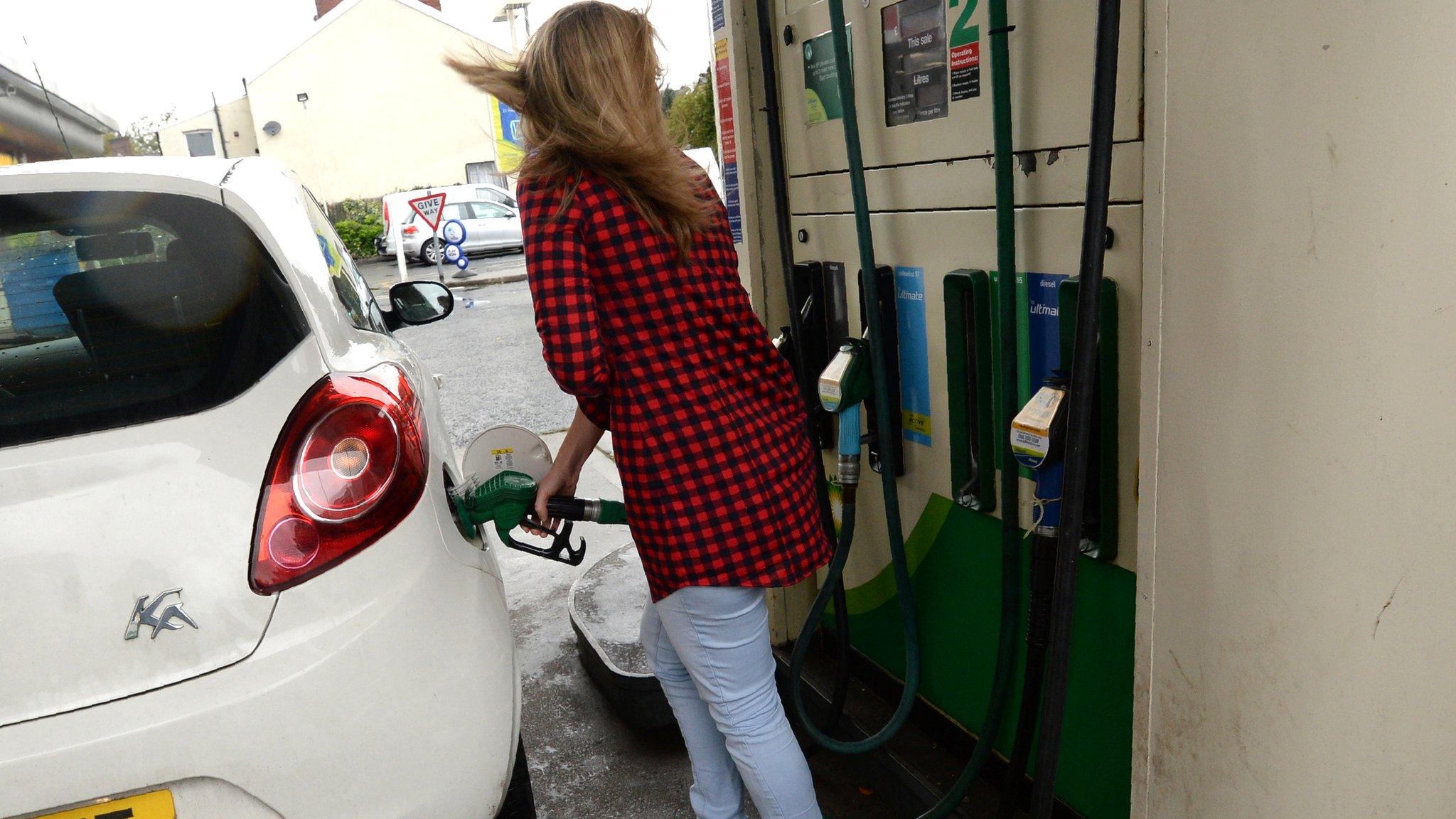Has inflation killed off an interest rate rise?
- Published
- comments

The surprise fall in the inflation rate from 2.9% to 2.6% begs the question: has it now peaked? And if so, what does that mean for living standards and borrowing costs?
Inflation has been on a steady climb since the end of 2015 and accelerated after the EU referendum result in June last year, as the sharp fall in the value of the pound pushed up the price of everything we import.
A bit like a snake that has swallowed something big, that bulge in import costs has taken its time to work through the economic system because producers, wholesalers and retailers order things in advance, so it takes time for higher costs to show up in consumer prices.
It is tempting to think that the bulge has finally got through the system and inflation will now begin to fall.
There is some evidence to support that in the details of Tuesday's report. The rate of inflation in the price of materials on their way into the factory has fallen from a whopping 11.6% in May to 8.8%.
The price of goods leaving the factory is also rising less quickly, down from 3.6% to 3.3%. The widest point of the bulge, it seems, has passed through the manufacturing bit of the snake.
That still leaves some inflationary pressure heading for consumers but that has been partially offset by falling oil prices.
To be clear, inflation could still go up again this year - and many economists forecast it will - but it seems likely that we have been at least close to the peak.
What does all this mean for interest rates?
At 2.6%, inflation is still above the Bank of England's target of 2% and at the last rate-setting meeting, three out of eight committee members voted for a rise.
Of the three would-be raisers, one has left the committee and the five who voted to hold will feel vindicated now in their wait and see approach.
Remember that prices are still rising faster than the 2% at which wages are increasing. The squeeze is even tighter if you work in the public sector where wage rises are controversially capped at 1%.
Raising interest rates against the backdrop of falling real incomes would further erode consumer spending power and that is bad news for an economy that relies on consumer spending for three-quarters of its growth.
The income squeeze is still very much alive, the chance of an imminent rise in interest rates looks dead.
- Published18 July 2017
